Lawmakers in Irwindale, California dismissed on Wednesday a bill that would have deemed the company behind Sriracha hot sauce a public nuisance. Three Irwindale City Council members and Mayor Mark Breceda unanimously voted to drop the legislation targeting Huy Fong Foods, Reuters reports.
“We have to keep employment in Irwindale. We have to expand. It’s good for Irwindale. It’s good for California,” Breceda said. The factory employs 70 full-time workers, 200 seasonal workers, and pumps out over 20 million bottles of the popular hot sauce every year. Sriracha is made from ground fresh chilis; the factory then uses exhaust fans to suck out the spicy air, filter it through pipes, and expel it through the roof.
Residents of the Los Angeles suburb have long complained about the pungent fumes emerging from the factory, citing headaches and irritated eyes, throats and noses. One resident likened the odor to “pepper spray.” Had the bill passed, Irwindale could have acted on its own to dispel the fumes, with Huy Fong Foods taking on the costs.
“If it doesn’t smell, it doesn’t sell,” said David Tran, founder and CEO of Huy Fong Foods, in October.
[Reuters]
Photos: An Inside Look at a Sriracha Factory
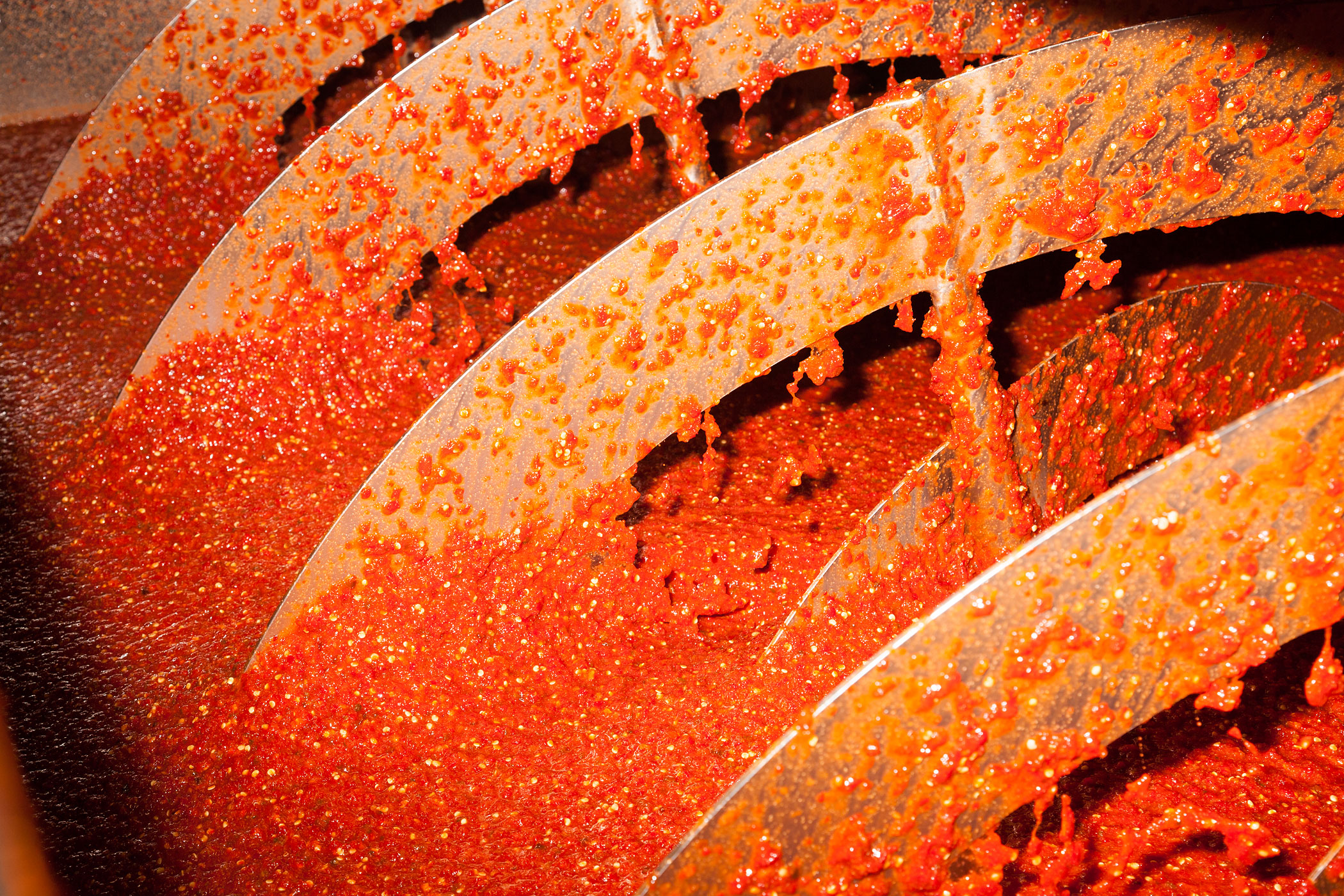
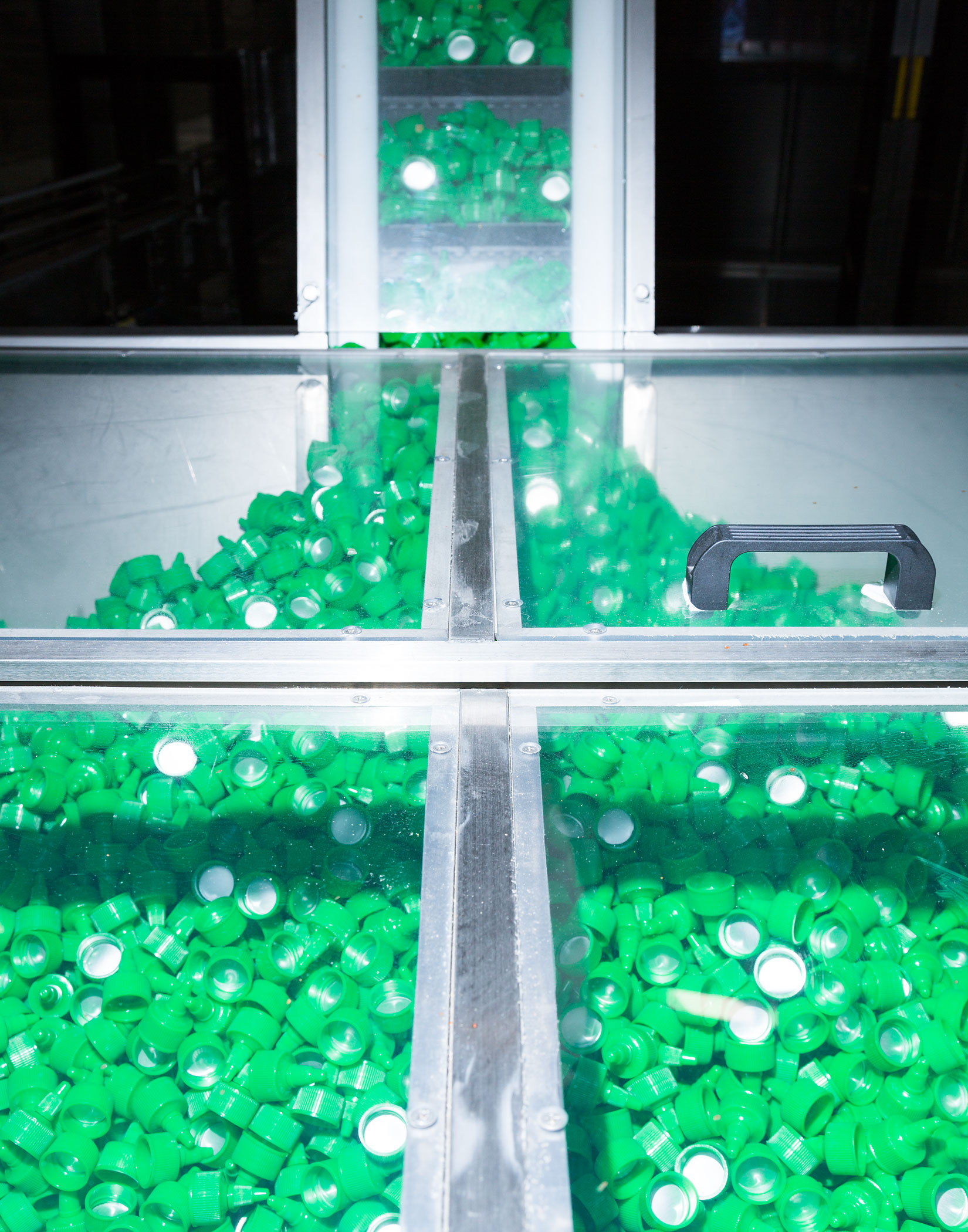
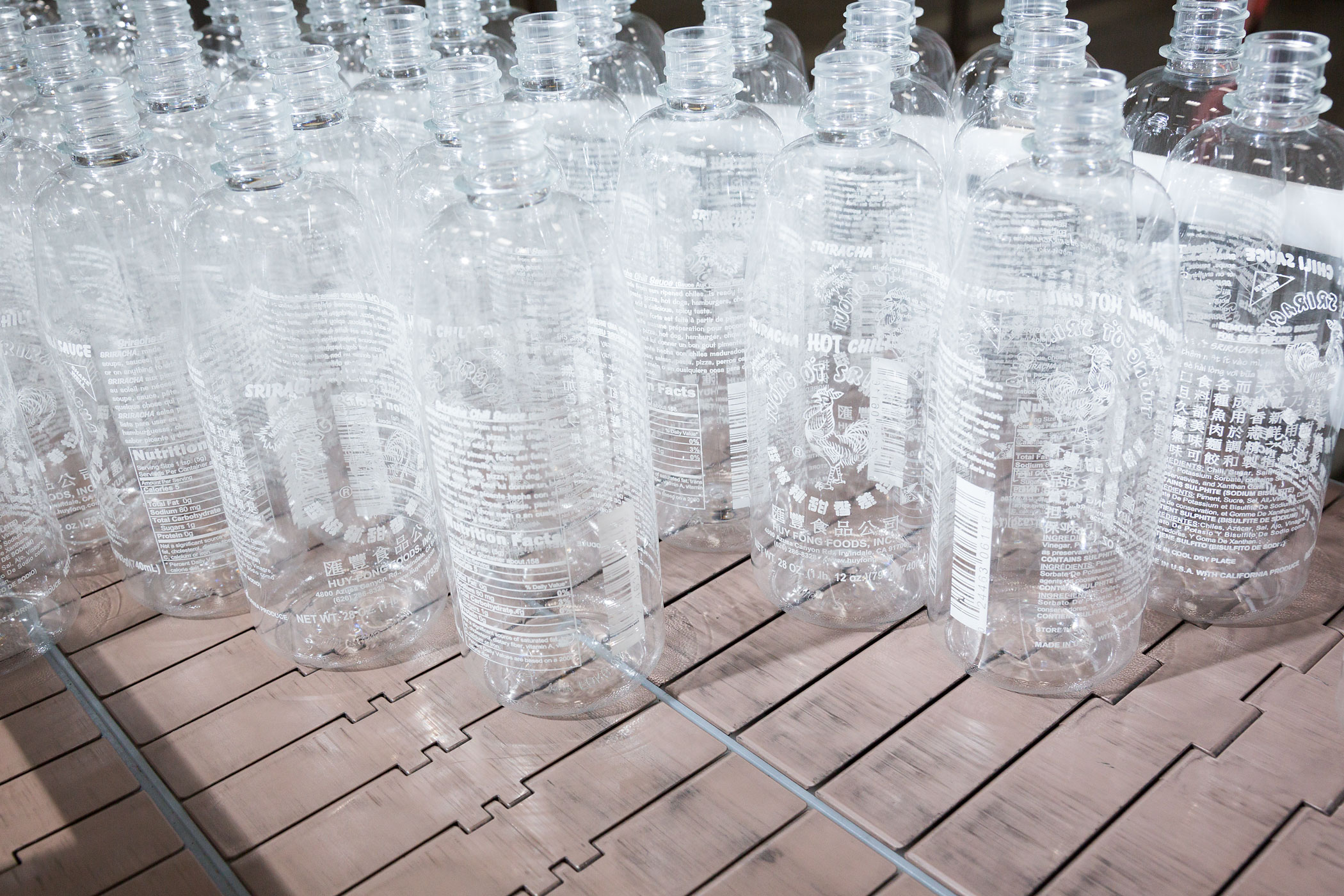
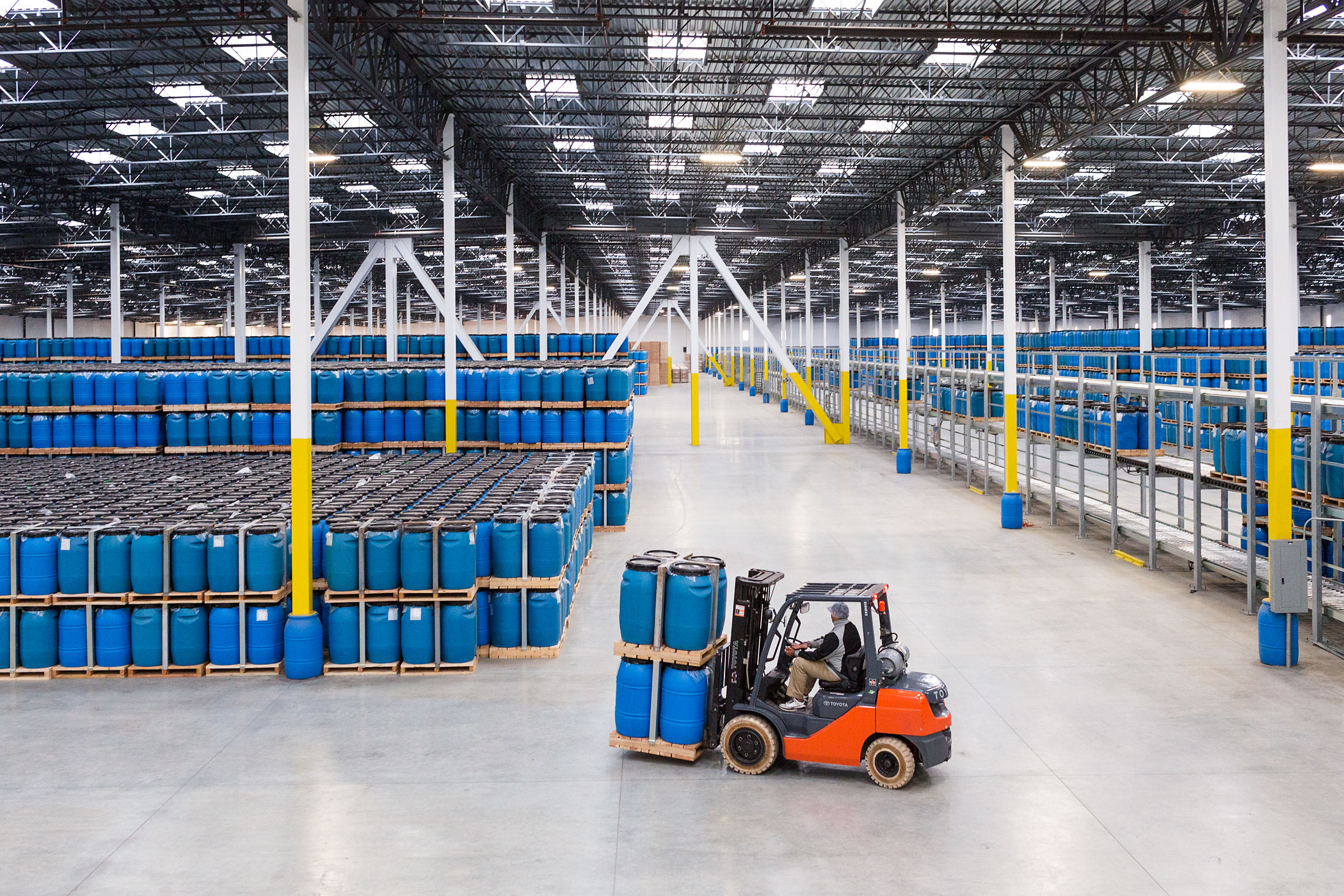


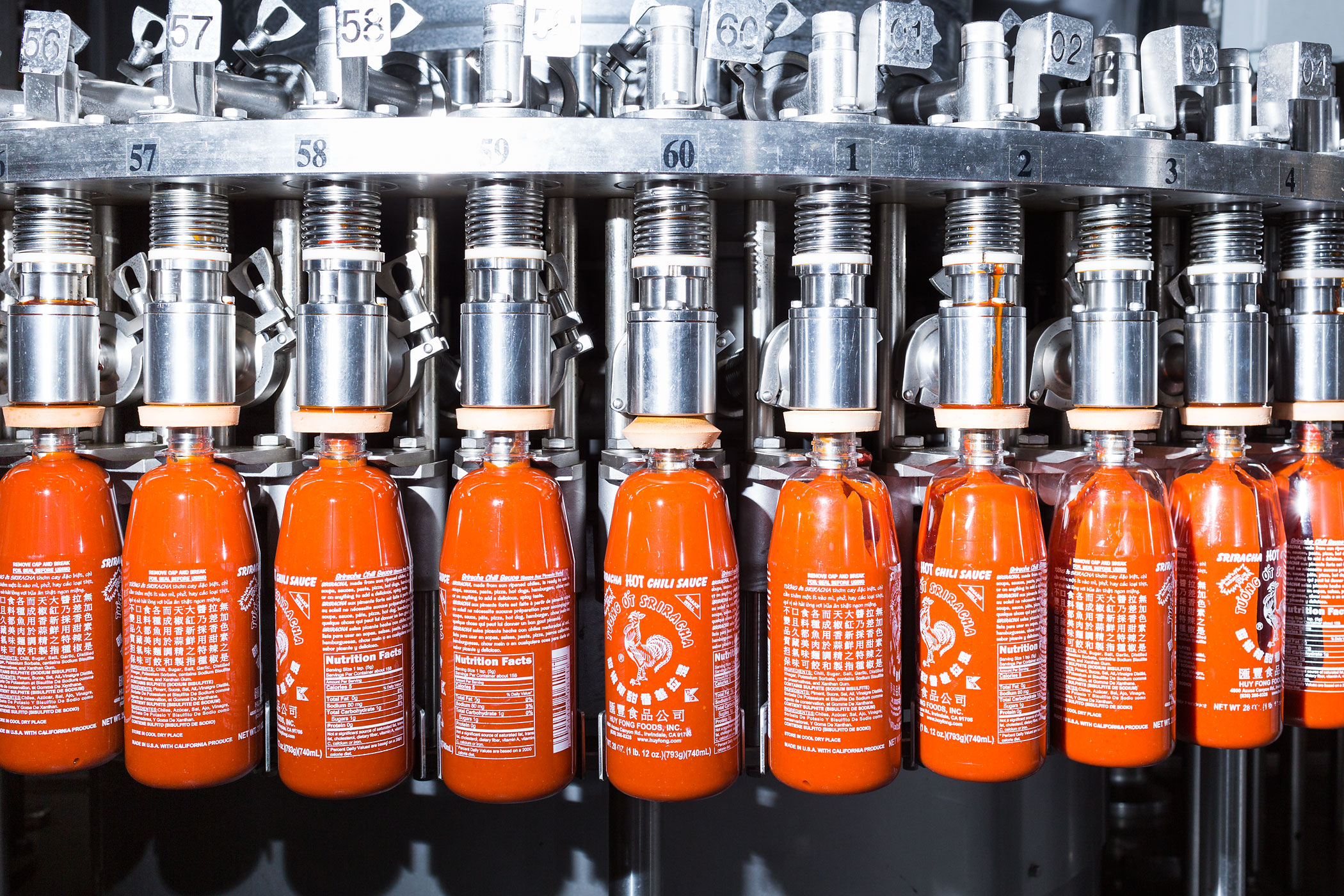
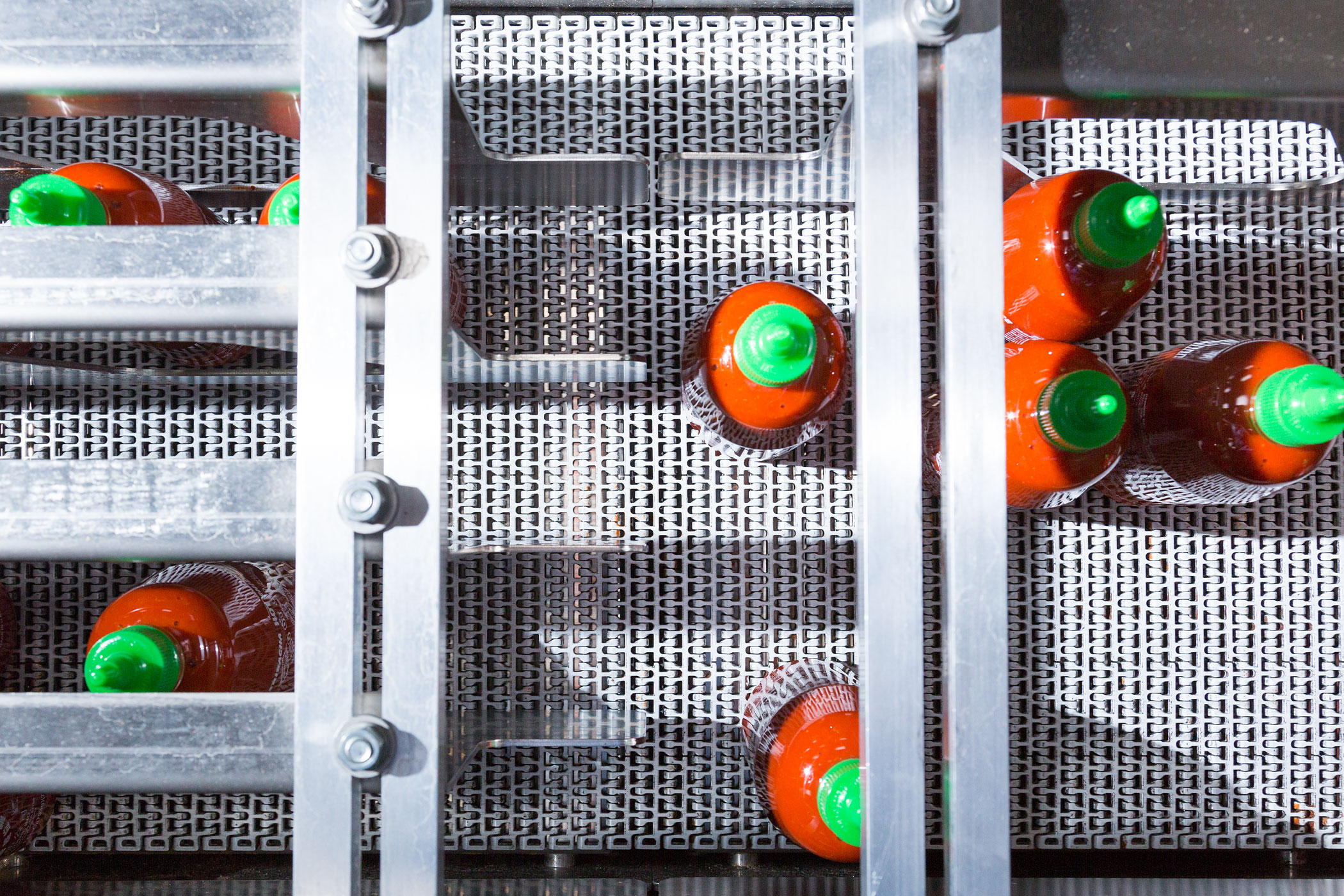
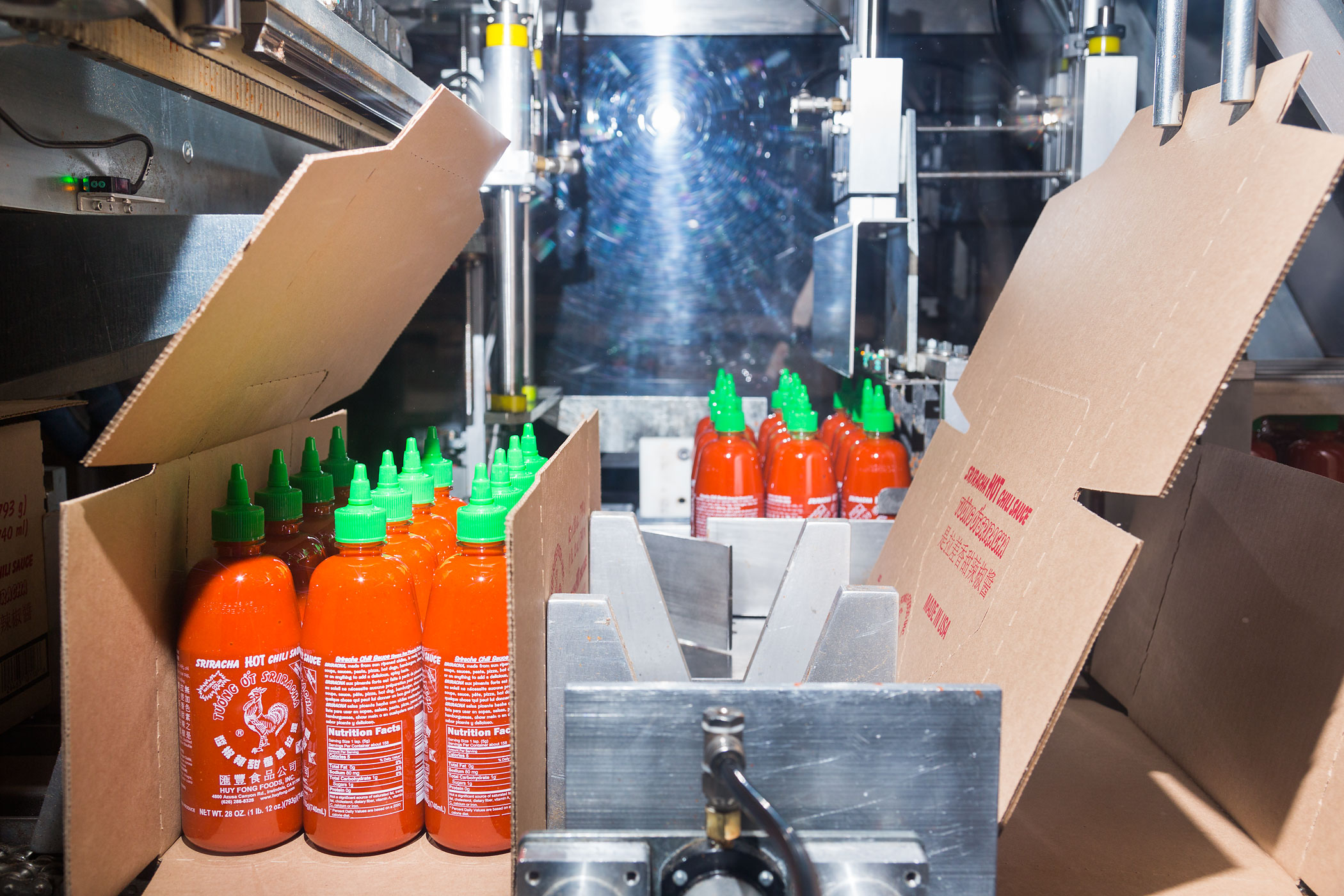
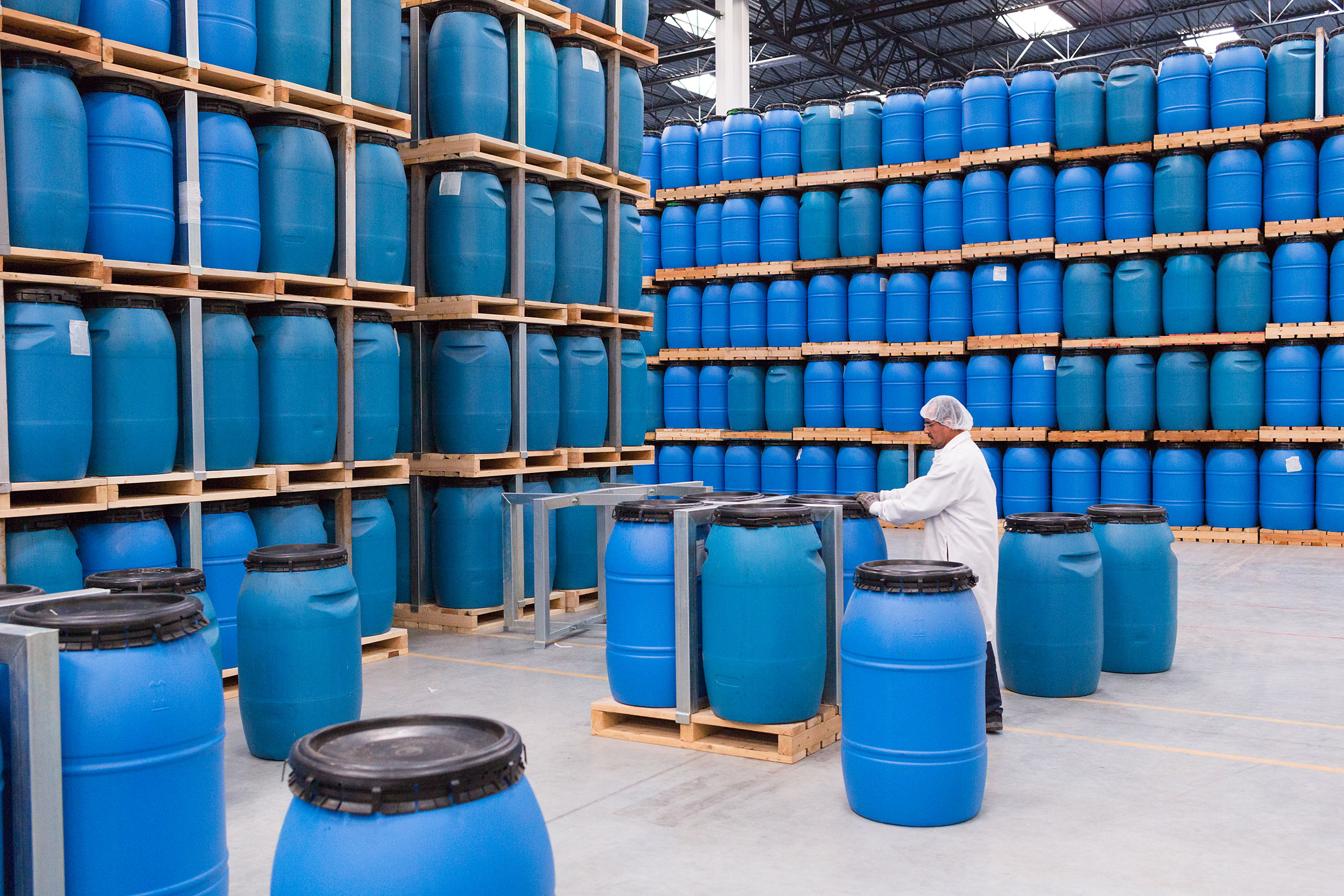
More Must-Reads From TIME
- The 100 Most Influential People of 2024
- The Revolution of Yulia Navalnaya
- 6 Compliments That Land Every Time
- What's the Deal With the Bitcoin Halving?
- If You're Dating Right Now , You're Brave: Column
- The AI That Could Heal a Divided Internet
- Fallout Is a Brilliant Model for the Future of Video Game Adaptations
- Want Weekly Recs on What to Watch, Read, and More? Sign Up for Worth Your Time
Contact us at letters@time.com